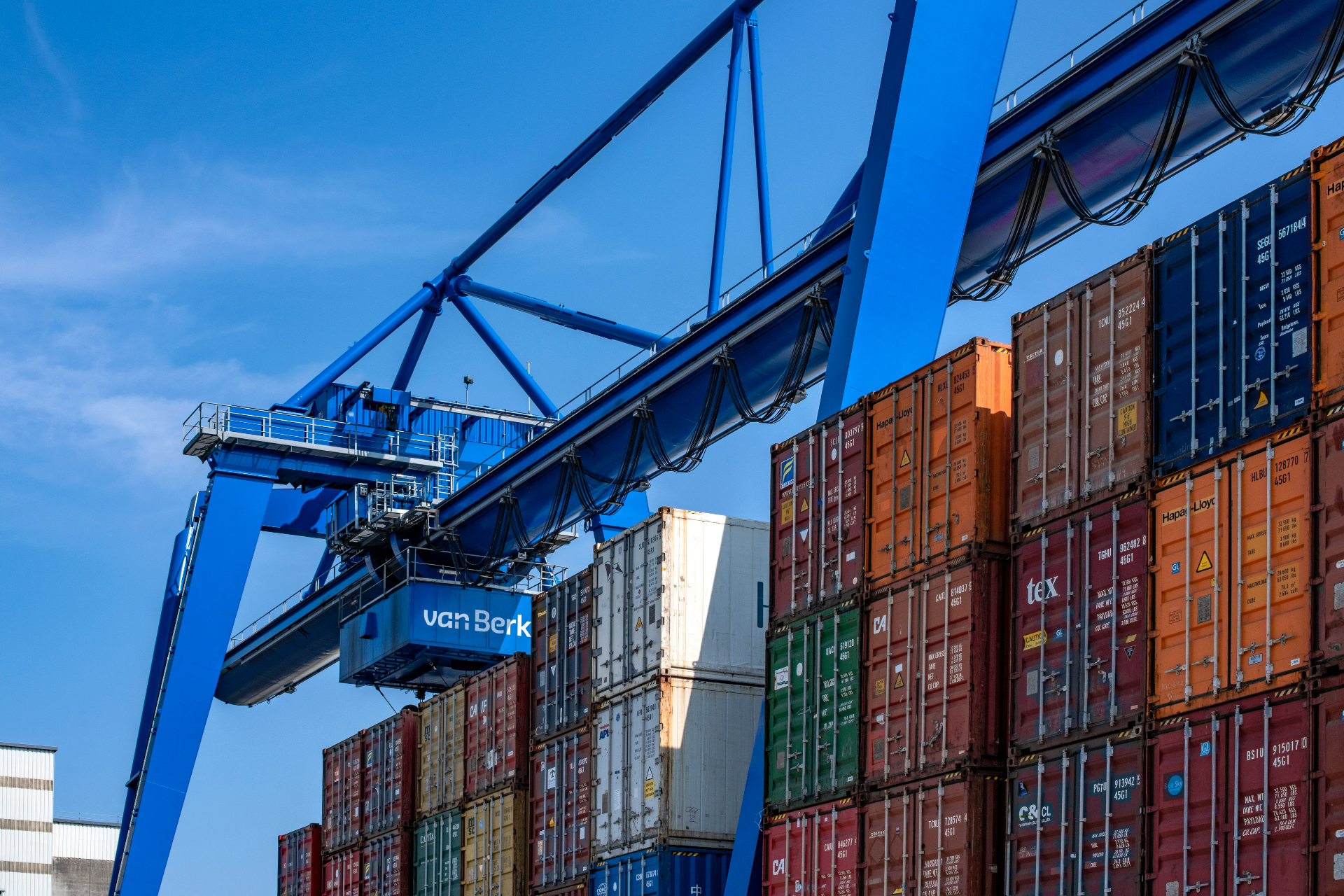E-commerce localization is essential for businesses expanding into foreign markets. By translating and localizing content, adapting payment options, customizing the user experience, optimizing for mobile, and embracing local digital marketing channels, companies can create a personalized and engaging online shopping experience. These strategies help build trust, increase conversion rates, and drive sales by resonating with local preferences, cultural norms, and language. E-commerce localization enables businesses to connect with global consumers on a local level, creating a competitive edge in the global marketplace.
Translating and Localizing Content
Language is a powerful tool for building trust and engagement with local consumers. Adapting product descriptions, website content, and customer support materials to the local language is essential. However, localization goes beyond translation. It involves understanding cultural nuances, idioms, and preferences to ensure that the content resonates with the target audience. Localizing images, videos, and graphics can also enhance the user experience and create a sense of familiarity.
Adapting Payment Options
Payment preferences vary across regions, and offering localized payment options is crucial for increasing conversion rates. Understanding the preferred payment methods, such as credit cards, mobile wallets, or local payment gateways, enables businesses to provide a seamless and convenient checkout experience. Incorporating trusted local payment providers also helps build credibility and reassures customers about the security of their transactions.
Customizing User Experience
Tailoring the user experience to match local preferences can significantly impact engagement and conversion rates. This includes adapting the website layout, navigation, and design elements to align with cultural aesthetics and usability expectations. Offering personalized recommendations, localized product assortments, and targeted promotions based on regional preferences and shopping habits can enhance the overall shopping experience and drive customer satisfaction.
Optimizing for Mobile
Mobile devices are increasingly becoming the primary means of accessing the internet and making online purchases worldwide. Optimizing e-commerce platforms for mobile responsiveness and usability is crucial for capturing the growing mobile user base in foreign markets. Ensuring that the website loads quickly, is easy to navigate on smaller screens, and offers a seamless mobile checkout experience is essential for attracting and retaining mobile-savvy consumers.
Embracing Local Digital Marketing Channels
While global digital marketing platforms like Google and Facebook have a wide reach, leveraging local digital marketing channels can provide a competitive advantage. Partnering with local influencers, utilizing popular social media platforms in the target market, and understanding local search engine optimization (SEO) practices can help businesses increase their visibility and connect with the right audience effectively.
Related Information



















































